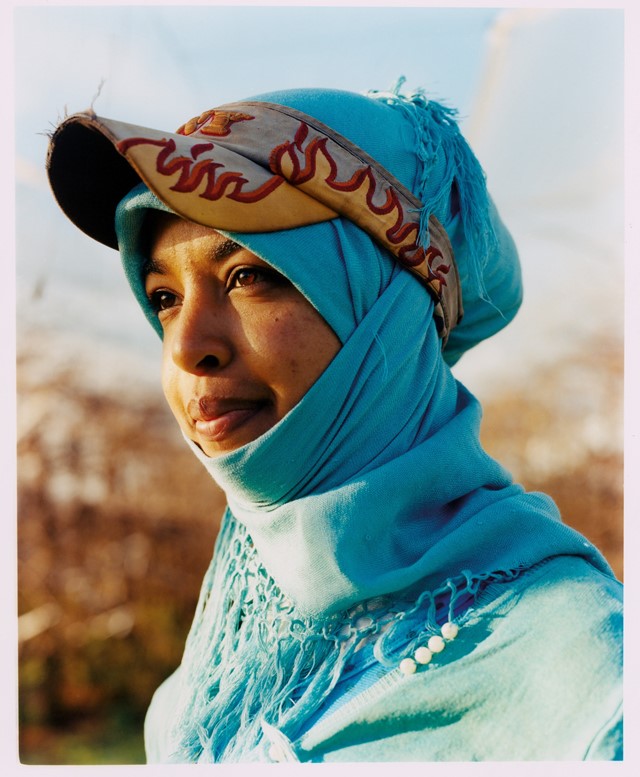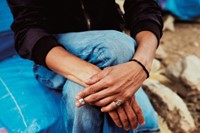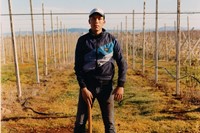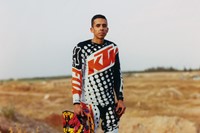French-Moroccan photographer Ilyes Griyeb introduces his debut book, Morocco, which shines a light on the different experiences of young people in Meknès, Morocco
In 2013, Ilyes Griyeb – then an art director – started getting acquainted with Morocco. His father, who was born in Morocco but emigrated to France as a young man, bought a farm in Meknès and, after spending some time there, Griyeb began photographing his family and friends. “It was a very natural way of starting a new career,” he tells AnOther. “I came to realise that most of the people photographing Morocco were foreigners, [who were] exoticising the visual potential of the country rather than connecting with its society. That’s how the idea of doing a portrait series about youth began.”
By the following year, this project had evolved into the idea for a book (“I even had the cover design in mind back then,” Griyeb says). His subjects’ backstories had become more diverse, and a narrative thread had begun to emerge. “I don’t think of myself as a classic documentary photographer,” Griyeb continues. “I want to photograph the truth, but in a way that it becomes appealing rather than bleak. Whatever people want to give me, I accept.”
With a distinct style somewhere between realism, portrait and fashion photography, complete with a vibrant colour treatment, the 74 images that compose the book offer a telling glimpse into the lives of Morocco’s young people. Here, Ilyes explains the interlacing stories behind his snapshots.
“My original idea was delving into a reflection of Morocco’s youth, but I soon realised it wasn’t a monolith. There are two types of young people in Meknès: one lives in the traditional way, working in agriculture, marrying early, taking life one day at a time; the other looks up to the American dream or, more accurately, the European dream. They’re all about appearance, social media, capitalist values. So I started documenting the way they coexist in a bit of a tightrope, and the underlying tension between them.
“This phenomenon is deeply connected with the history of Moroccan emigration, which started in the late 70s and early 80s. Growing up, these millennial Moroccan kids would see their émigré compatriots coming back for the summer holidays with their expensive cars, and they dreamed of doing – and having – the same things. Fast forward to today, they exist in this dissonant world in which they pretend to live in abundance – buying iPhones and motorbikes, often between several of them to be able to afford them – yet they are broke, mostly still living with their parents and working jobs they find humiliating, spending every dirham they earn in luxury brands.

“This obviously creates an intergenerational conflict, but also a strained relationship with their peers who have chosen a different life and who, funnily enough, have a bigger buying power even though their dreams are way more modest. It might look like these are two completely opposite directions, but the truth is they are both a portrait of the same reality, in which cultural trends don’t align with the country’s economic condition.
“Most of the people I portray are people I know or friends of friends. I’m not into doing castings for my photos; I’d rather just meet people, get to know them and then spontaneously decide to take their picture. I’m not trying to uncover any hidden facts. Whatever people want to transmit to my camera, I take at face value. There’s an authenticity to that innocence; in a way it’s like sitting back and letting a society unravel. It also makes my work somewhat sociological, and deeply personal too. Because, through these portraits and a few scattered landscape pictures, I feel like I have gotten to know my own history better, from who I am and where I come from, to why my parents educated me the way they did.”
Morocco is available at ilyesgriyeb.ma.






